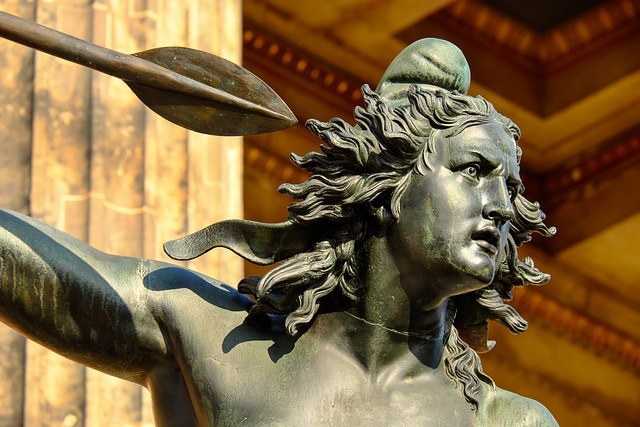Exploring the Influence of Postmodern Sculpture on Art and Design
The world of art is an ever-evolving landscape, and at the heart of this evolution lies an enthralling movement known as postmodern sculpture. Unlike its predecessors, postmodern sculpture challenges conventions and embraces a myriad of styles and materials, reflecting the complexities of contemporary life. Its playful irony, eclecticism, and unconventional forms have not only redefined sculpture but have also had a profound impact on various realms of design.
The Essence of Postmodern Sculpture
Postmodern sculpture emerged as a response to the rigid narratives of modernism. Artists began to reject the idea of a single narrative or style, opting instead for an approach that celebrates diversity and ambiguity. This is evident in works that incorporate mixed media, found objects, and interactive elements. The key intention is to invite the viewer to find their own meaning, breaking away from the artist’s original intent.
For those who appreciate the tactile experience of sculpture, the innovative use of materials in postmodern works can evoke deep emotional responses. From the soft curves of fabric sculptures to the harsh edges of industrial materials, each piece communicates a story that resonates deeply with audiences, capturing the essence of individual identity and fragmented narratives.
Art’s Interplay with Design
The influence of postmodern sculpture extends far beyond the realm of traditional art galleries. Designers have drawn inspiration from the freedom and creativity inherent in postmodern sculptural forms. Product design, architecture, and even interior decoration have all integrated the playful, irony-laden aesthetics of postmodernism.
In furniture design, for example, pieces often combine functionality with whimsical forms. Rather than sticking to the clean lines and minimalism of modern design, postmodern furniture embraces bold colors, unusual shapes, and unexpected materials that challenge conventional norms. This playful spirit not only enhances the visual appeal but also encourages users to interact with their environment in innovative ways.
Engaging with the Viewer
Postmodern sculptures often promote interaction, inviting viewers to engage physically and emotionally with the artwork. This participatory element transforms the traditional experience of art; it invites the onlooker to become a part of the piece itself. In public spaces, large-scale postmodern sculptures serve as focal points, fostering community and conversation. The power of these installations lies in their ability to evoke curiosity and dialogue, breaking down barriers between the audience and the art.
The Future of Postmodern Influence
As we move forward into an increasingly complex world, the influence of postmodern sculpture will undoubtedly continue to resonate throughout the art and design landscapes. The movement’s emphasis on diversity and individuality champions a more inclusive understanding of creativity. Emerging artists and designers find freedom in their expression, encouraged to experiment and challenge norms, leading to fresh perspectives and innovations.
In essence, postmodern sculpture not only reshapes our understanding of art but also enriches our interaction with design. It invites us to question the ordinary and celebrate the extraordinary, creating an artistic dialogue that continues to inspire and transform. Whether in a gallery, in our homes, or within the community, the echoes of postmodern sculptural influence still vibrate strongly, reminding us of art’s power to connect, provoke, and inspire.




